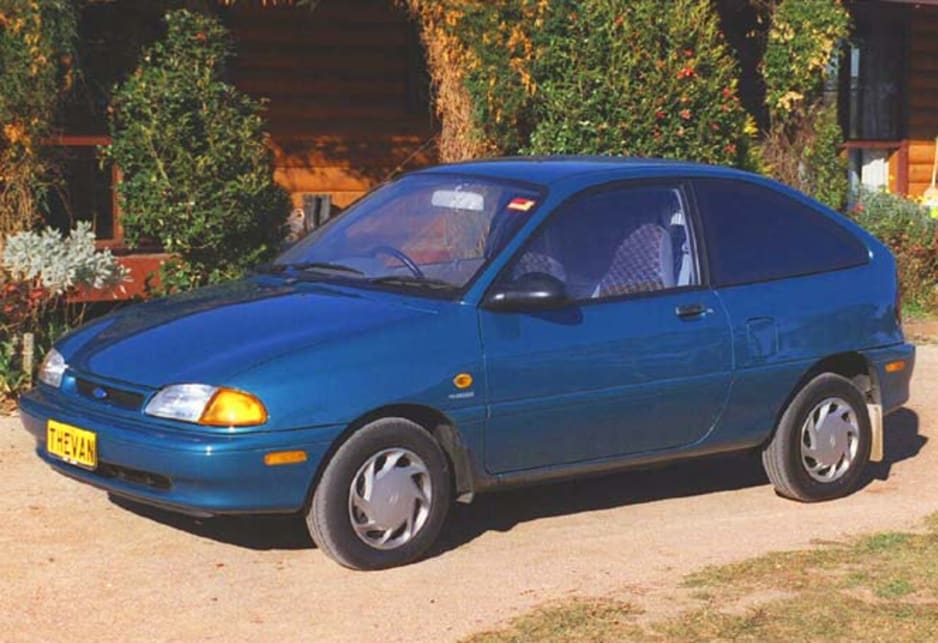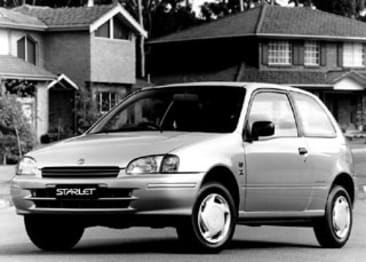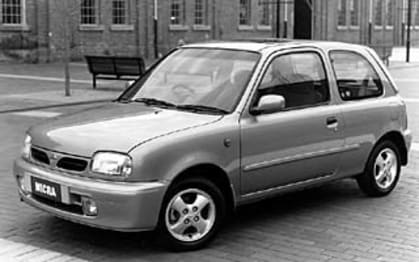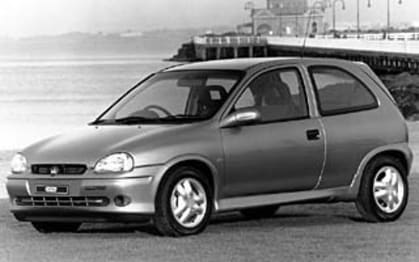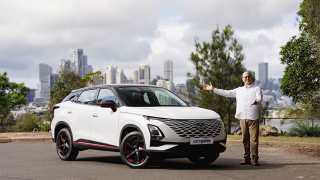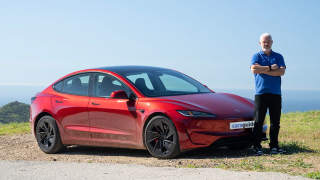
Used Ford Festiva review: 1994-1996
- Ford Festiva
- Ford Festiva 1994
- Ford Festiva 1995
- Ford Festiva 1996
- Ford Festiva Reviews
- Ford Reviews
- Ford Hatchback Range
- Hatchback
- Ford
- Used Car Reviews
- Buying tips
There was a time when Ford was a major player in the small car market, but the company seemingly lost its way in the mid 90s when it cut the popular Laser and Festiva models. Both were strong performers in their respective market segments, but Ford chose to dump them in preference to small cars coming out of Europe.
The funky styled Ka hatch became the company’s small car offering, but was never really a replacement for the cheap and cheerful Korean-built Festiva.
When the Festiva was a budget priced model aimed at those wanting affordable transport the Ka was aimed at the trendsetters who preferred style and were prepared to pay a premium for it.
Now we have the Fiesta, a much more appealing small car than the Ka, but the Euro-sourced hatch has a big job if it is to claw back the market lost by the Festiva’s demise.
It was much the same story with Laser, once one of our most popular small cars. There was a vacuum once the Laser had gone, and while the Focus is the model that is now filling the void it isn’t doing the business the Laser once did.
MODEL WATCH
While the Festiva wore a Ford badge in reality Kia built it in Korea. Nothing wrong with that, the Kia brand has been well regarded since arriving here in its own right in 1997, and the Festiva did nothing that should tarnish the brand.
Ford unveiled the front-wheel drive WB Festiva in 1994. It was a bubbly little car that came in three and five-door hatch versions, with one engine choice, a choice of manual and auto transmissions, and two levels of trim and equipment.
The Trio three-door hatch introduced the Festiva. With cloth-trimmed seats and door panels, a four-speaker sound system, driver’s foot rest, comprehensive instrumentation including a tacho, remote releases for the fuel filler and rear hatch it had just about everything you needed.
Outside it had colour-matched bumpers, a tiny rear lip spoiler across the rear window, and a rear window wiper and washer.
Step up to the GLi five-door hatch and you got all of that plus tinted windows, plush velour trim, a tilt adjustable steering column, power steering … and a right side rear seat pocket.
The engine powering the Festiva was a single overhead camshaft 1.3-litre four-cylinder unit. Even with multipoint fuel injection, and two valves per cylinder, it put out a modest 47 kW at 5000 revs, along with 102 Nm at 3000 revs, which meant there was no chance of damaging your neck when you buried the right pedal in the carpet.
At best it was a willing performer, although the noise that came with rising revs made it less than pleasant when stirred along.
When pitted against the clock the Festiva required 13.51 seconds to reach 100 km/h, and a further 5.27s to cover the standard 400 metre sprint.
While the performance numbers are interesting they’re really only of passing interest in the small car segment. It’s important that a small car isn’t so slow that it’s a road hazard, and few small cars fall in that category today. The Festiva certainly doesn’t.
Fuel consumption is clearly the more important measure of a small car. It must be economical, and the Festiva returned city consumption around 7.5 L/100 km/h when tested at the time.
For transmissions the Festiva buyer could tick a five-speed manual or a three-speed auto. The manual is the better choice, the five-speed shifts nicely, and gets the most out of the engine, where the three-speed lacks ratios and is a little clunky.
The Festiva’s suspension was a conventional combo of MacPherson Struts at the front and a torsion beam axle at the rear. Its handling was nimble and safe rather than sporting.
Braking was by discs at the front and drums at the rear. ABS was not available.
Inside, the Festiva’s seats are comfortable, the rear seat able to be folded to accommodate long objects when needed. Air-conditioning was an option.
IN THE SHOP
The Festiva is generally quite reliable if well serviced, so it’s worth checking for a service history.
Most should have had a cam belt replacement (110,000 km), or are fast approaching the mileage where they will need one.
Uncaring owners may have chosen to miss the change and save the money so be sure to quiz sellers to determine the state of play.
Check for signs of crash damage, like poorly fitting doors or rear hatch, ill-fitting bumpers. Also check for minor bumps and scrapes that come with a life spent in supermarket parking lots.
Some colours, particularly the reds and pinks that were used on the Festiva, are prone to fading in the Aussie sun. It’s better to go for the safe white or silver colours that stand up better and are easier to sell when the time comes.
CRUNCH TIME
The WB Festiva didn’t come with airbags so occupants rely on the basics of crumple zones and seats belts for crash protection.
The recent used car crash survey didn’t cover the Fiesta, but safe to say that it’s a small car and will come off second best if hit by a lumbering four-wheel drive.
LOOK FOR
• Cute bubbly styling that still looks good
• good fuel consumption
• modest performance
• safe nimble handling
• simple and reliable mechanical package
• verifiable service record with evidence of cam belt change
THE BOTTOM LINE
Cute hatch that’s economical to run and would make a good first car for the beginner driver.
RATING
60/100
Pricing guides
Range and Specs
| Vehicle | Specs | Price* | |
|---|---|---|---|
| Trio | 1.3L, ULP, 5 SP MAN | $2,310 – 3,630 | 1994 Ford Festiva 1994 Trio Pricing and Specs |
| GLi | 1.3L, ULP, 3 SP AUTO | $2,420 – 3,850 | 1994 Ford Festiva 1994 GLi Pricing and Specs |
| (base) | 1.3L, ULP, 3 SP AUTO | $2,420 – 3,850 | 1994 Ford Festiva 1994 (base) Pricing and Specs |
Other cars to consider
$2,420
Lowest price, based on third party pricing data



